Land tenure has been a contested issue in Mozambique throughout history, but now protecting land rights are a top priority.
The General Peace Agreement in Mozambique, signed in October 1992, ended 17 years of civil war and 25 years of armed conflict in the country, but competition for land has remained a major issue. Millions of displaced people returned home, but their claims often clashed with investors, who had been encouraged by the state to bring abandoned land back to use.
This conflict intensified when newly restored peace attracted colonial-era landowners to return to their abandoned farms and properties. Most colonial land-owners had documentation supporting their claims, but found their land already occupied. This situation paved the way for an amended Constitution and a new National Land Policy.
Under Article 109 of the Constitution (Government of Mozambique, 2007), ownership of all land in Mozambique is vested with the State, but use rights are granted to Mozambican citizens. The National Land Policy (Government of Mozambique, 1995) aims to protect Mozambican people’s land rights while promoting investment and ensuring sustainable and equitable use of natural resources for all.
One of the main aspects of this program governs land laws and forest use that recognise customary rights held by communities and their members. This is not only significant environmentally, but also for political stability and democracy which, since 1992, have been slowly deteriorating.
The importance of proper land management and protection in Mozambique is emphasised by the fact that agriculture accounts for around 25 percent of the country’s GDP, and half of Mozambique’s land is forested.
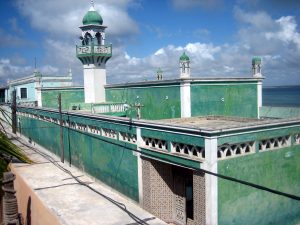
9th to 13th centuries
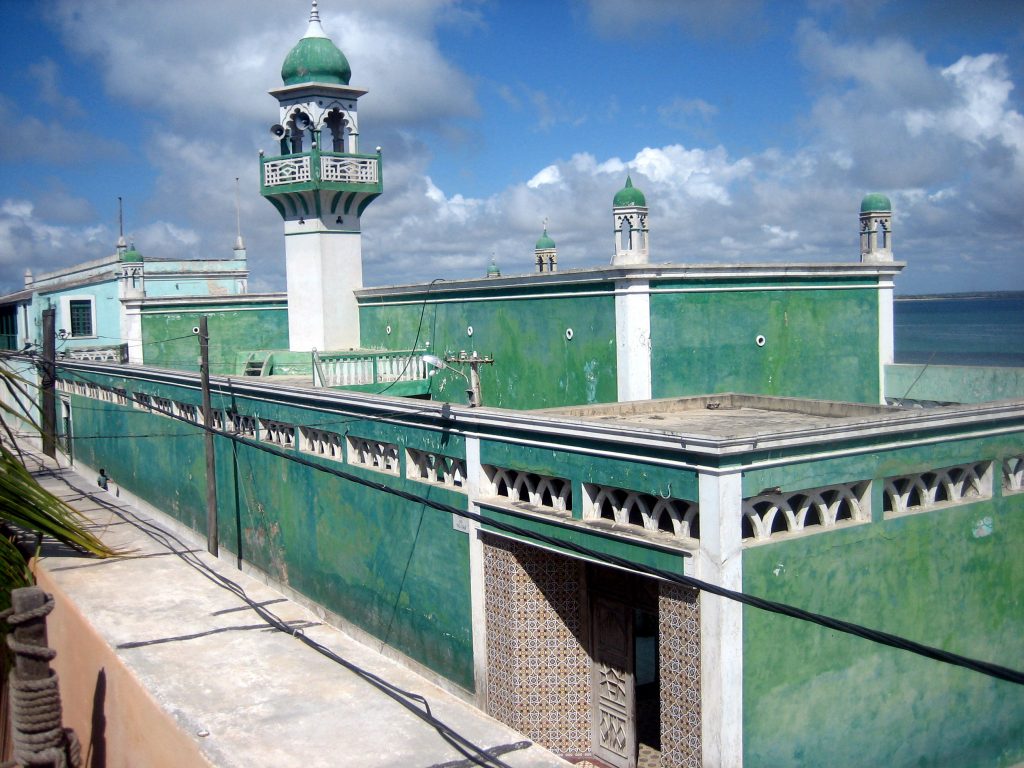
9th to 13th centuries
By the end of the first millennium CE, Arab trading networks extend down the coast, resulting in the development of a series of port towns that dealt in slaves, gold and ivory.
From the tenth century, the Arab merchants who dominated the “Sofala” coasts spread Islam among the coastal populations, but it is only after the installation in Zanzibar of a dependent sect of the Sultanate of Oman in the seventeenth century that they begin to organise small Islamic states. In the province of Nampula, in the north of Mozambique, “Xeicado de Quitangonha”, “Reino de Sancul”, “Xeicado de Sangage” and “Sultanato de Angoche” are formed.
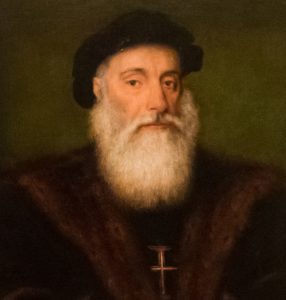
1498
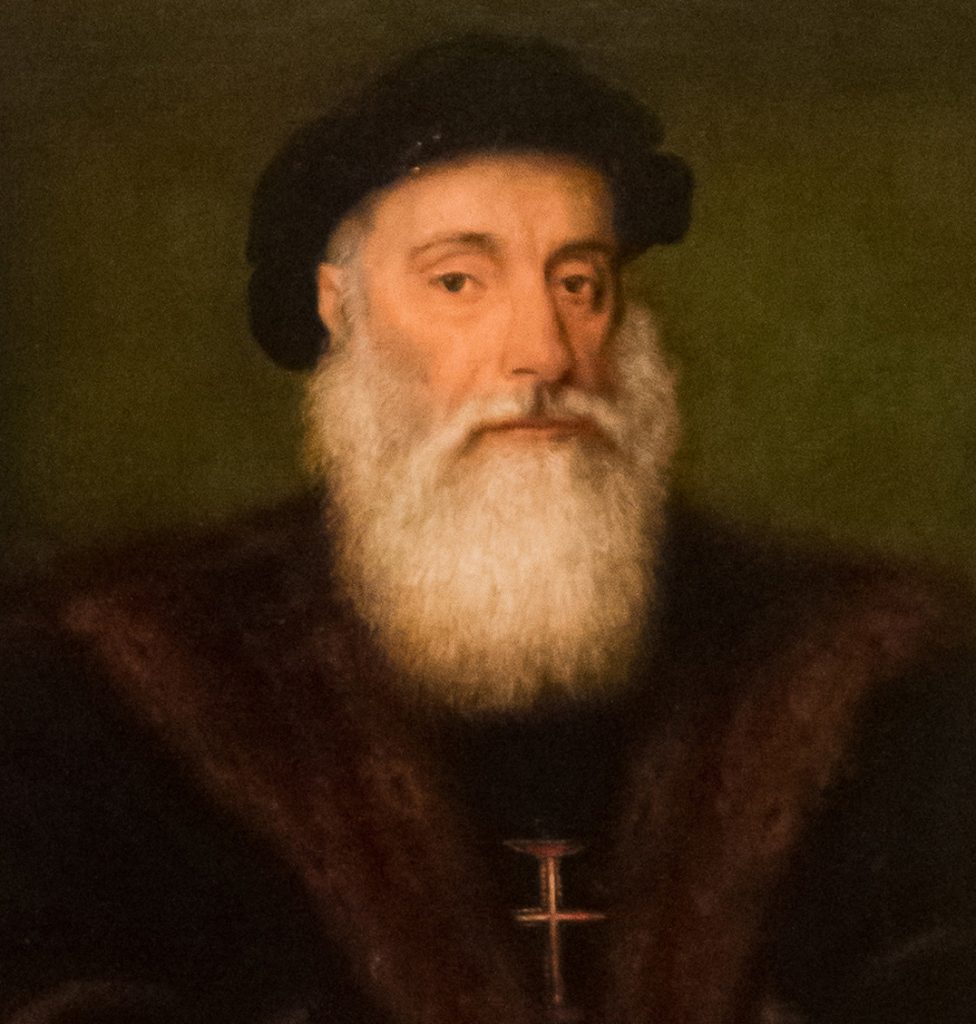
1498
Colonial Era begins
When Vasco da Gama first lands on the coast, the Mwenemutapas Kingdom is the premier Shona state in the region, but a large amount of the coast is now controlled by Arabs and many locals had converted to Islam. Da Gama was attacked and forced to flee but his arrival precedes a process of European colonisation and settlement that leads to nearly five centuries of Portuguese rule.
For most of this period, Portuguese people mainly stay in coastal areas; land in the interior is divided into large agricultural estates run mostly by Europeans. Local communities are forced to cultivate these estates and to pay taxes.
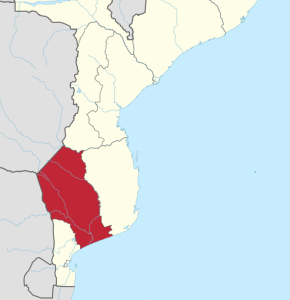
1800
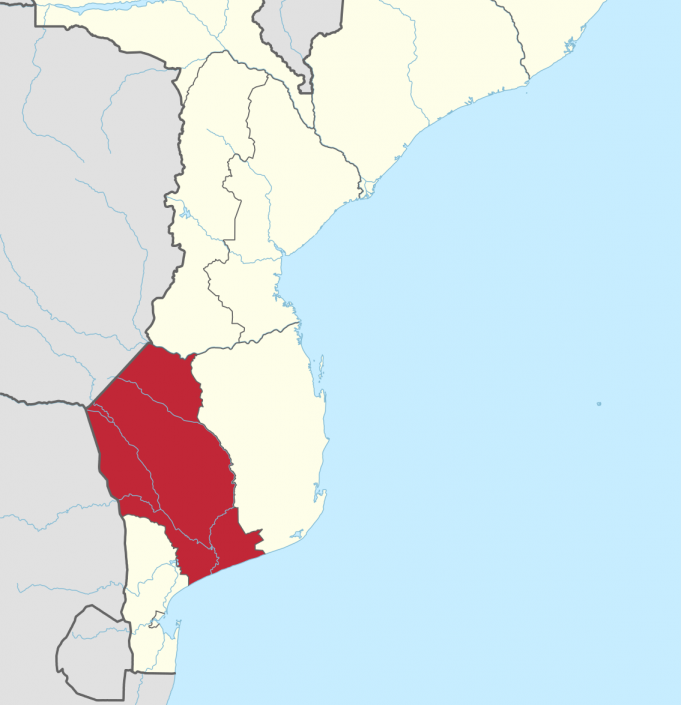
1800
The Gaza State, also known as the Gaza Empire in southern Mozambique, encompassed in its heyday the entire coastal area between the Zambezi and Maputo rivers and had its capital in Manjacaze, in the present Mozambican province of Gaza.
The state of Gaza was founded by Sochangane (also known as Manicusse, 1821-1858) as a result of the Mfecane, a major conflict triggered by the Zulu as a consequence of the Chaca (or Shaka) assassination in 1828, which culminated in the invasion of large areas of southern Africa by Nguni armies.
The Gaza Empire, at its height, covered the entire coastal area between the Zambezi and Maputo rivers and had its capital in Manjacaze, in the present Mozambican province of Gaza.

1891

1891
The Portuguese shift the administration of much of the country to a large private company, which is controlled and financed by the British. This introduces the ‘chibalo’ labour system, under which rural Mozambicans are forced to grow cotton and to sell at artificially low prices, with much of their payment being used to pay ‘hut taxes.’
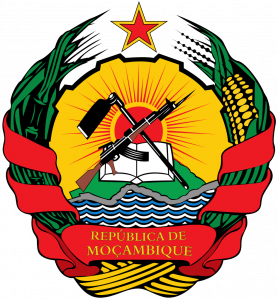
1964
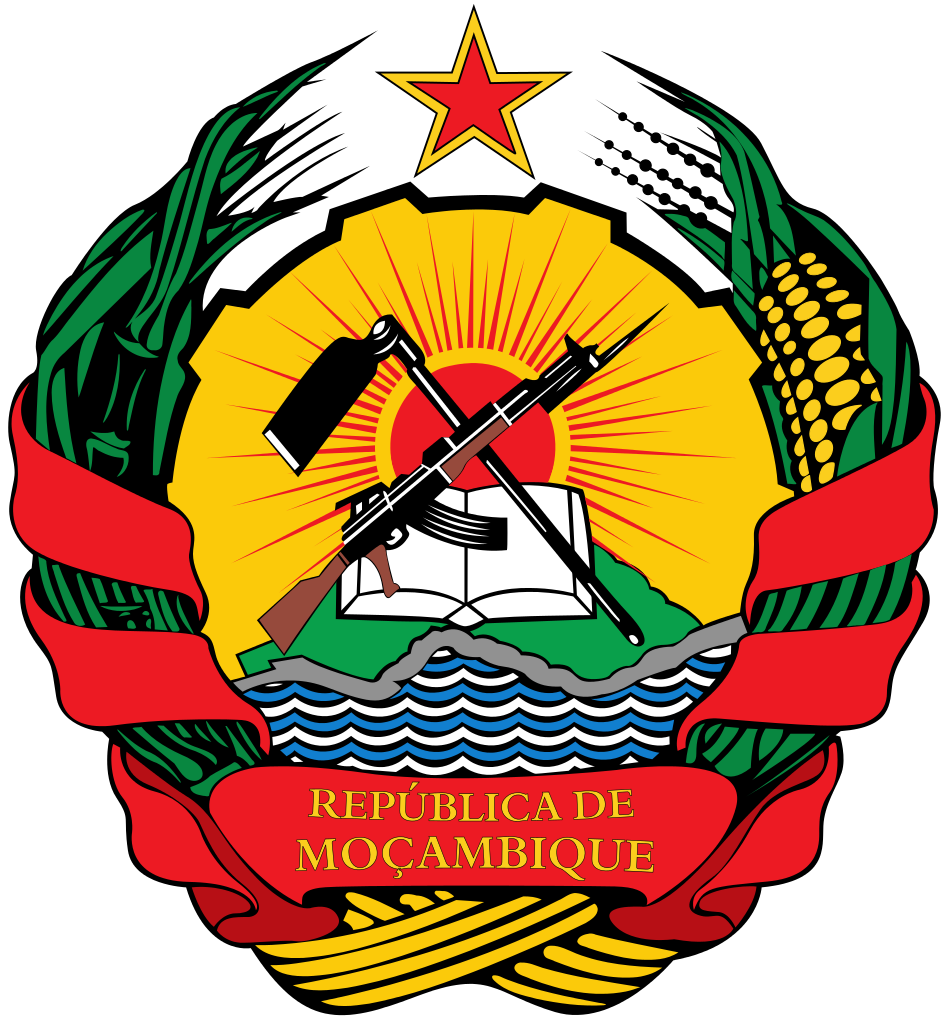
1964
The Mozambique Liberation Front (FRELIMO) starts an independence guerrilla war to try to force the Portuguese government to accept the independence of its colonies. The National Liberation Armed Struggle is officially launched on September 25, 1964.
1990
1990
Post-War and new legal framework:
Mozambique adopts a new constitution that allows for a multi-party system. The country’s name is changed from ‘People’s Republic of Mozambique’ to ‘Republic of Mozambique’. State companies are privatised. Freedom of expression and formation of political parties are constitutionally accepted.
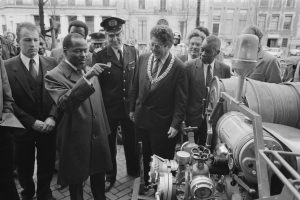
1994
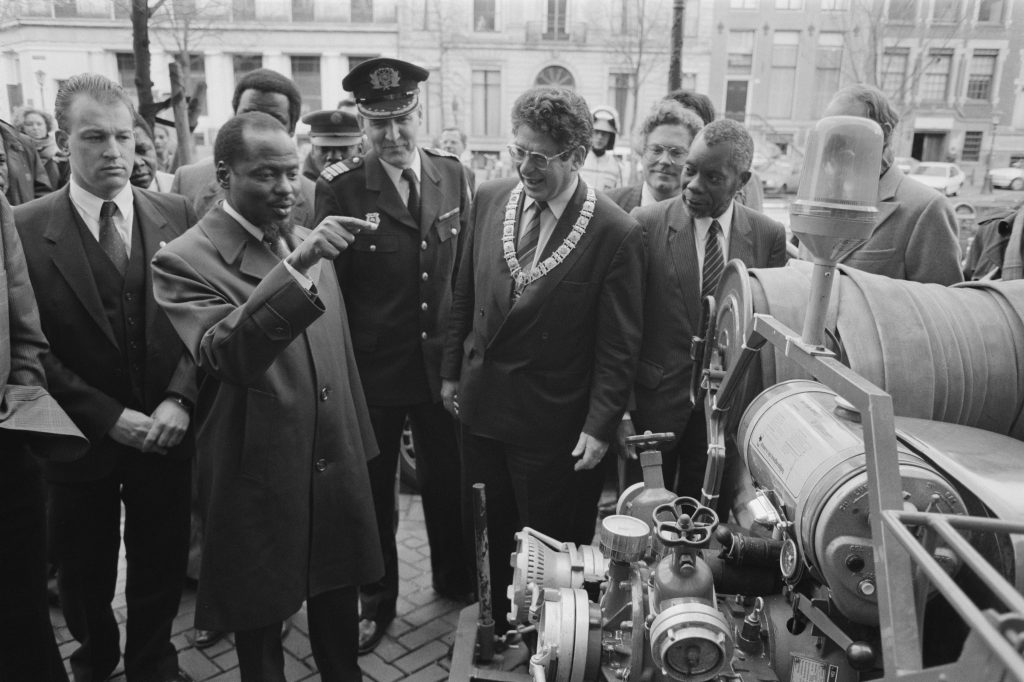
1994
This year sees the first free elections monitored by the United Nations (UN) and international observers.
FRELIMO wins the elections with an absolute majority, 44 percent, and Joaquim Chissano is elected President, with 54 percent. Since then, elections are held regularly every 5 years.
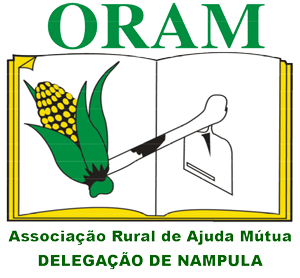
1996
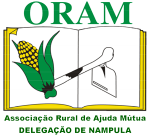
1996
The ORAM Delegation in Nampula Province (ORAM-Nampula) was created in 1996, and later expanded its interventions to the Cabo Delgado province. Since then, ORAM-Nampula has already implemented 7 Triennial Strategic Plans with various programs / projects funded by different international entities.
2012
2012
RENAMO leader Afonso Dhlakama returns to the party’s former base, Casa Banana, in Satunjira, in the Gorongosa area. Several attacks are carried out by armed elements on National Highway 1, which links the south and north of the country. The government directly blames RENAMO for this.
2015
2015
ORAM-Nampula begin implementing a new approach called the Community Land Value Chain (Cadeia de Valor de Terras Comunitárias – CaVaTeCo). CaVaTeCo aims to develop local institutional capacity through the creation of legalised community associations capable of representing communities, and entering into partnership agreements with different public and / or private sector institutions.
The CaVaTeCo approach has proven to be very efficient and effective in that it can be adjusted for each context.
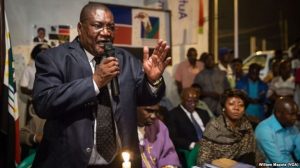
2019
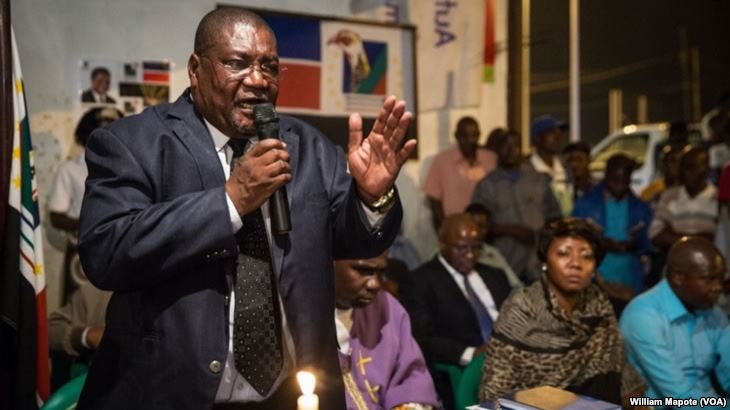
2019
Ossufo Momade was elected as the new leader of RENAMO and the cyclones Idai and Kenneth reached Mozambique killing circa 1.000 people.
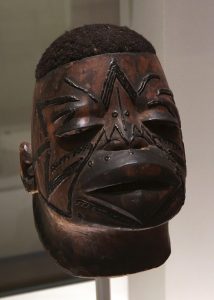
Pre-Colonial Era
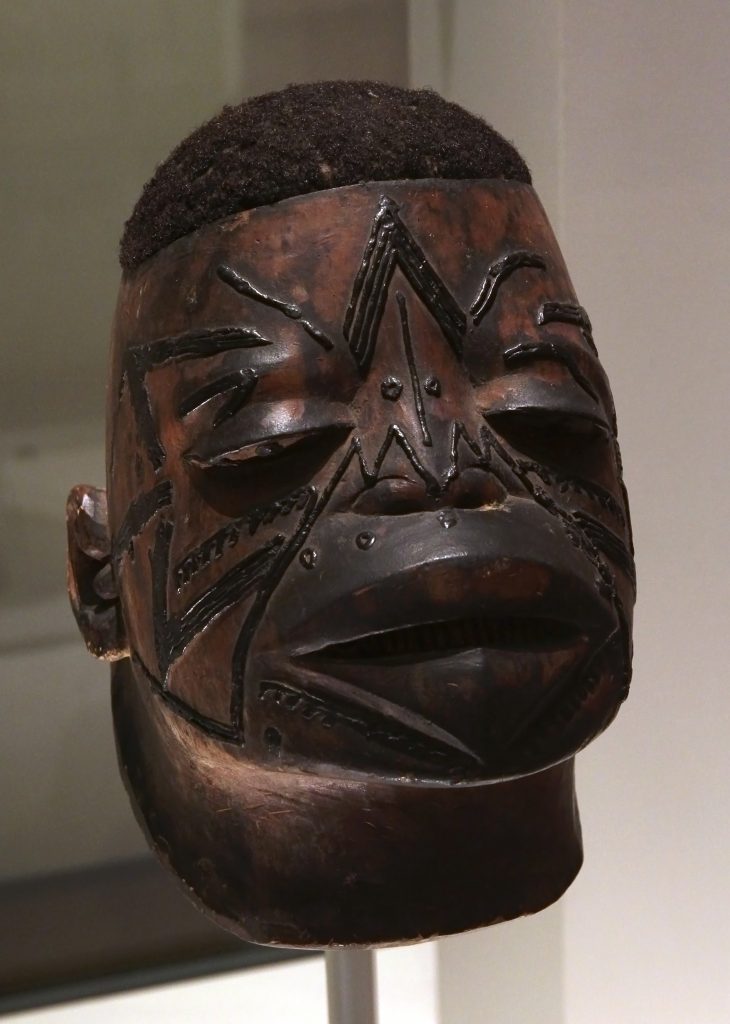
Pre-Colonial Era
Mozambique is colonised by the Bantu people in the 5th century CE. The Bantu were farmers originating in Cameroon and Nigeria who, with their skill in metallurgy, began expanding across the continent over 2000 years ago, displacing and replacing indigenous peoples and establishing agricultural and pastoral communities.
Mozambique was previously inhabited by San hunter-gatherers for thousands of years.
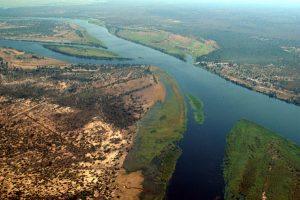
1440 to 1450
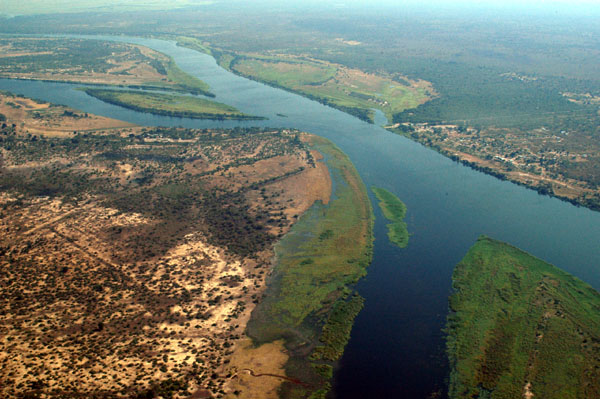
1440 to 1450
Mozambique was a part of the empire of the Mwenemutapas dynasty, who spoke the ChiShona language. They established their capital at a site near the Zambezi River, in the north of the present province of Manica.
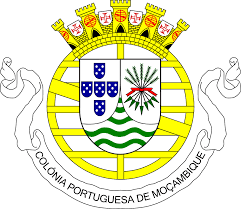
1600

1600
Portugal began to send colonists, many of Indian origin, to settle in that territory. These settlers (called “Prazos”) often married the daughters of local chiefs and established lineages which, through commerce and agriculture, could become powerful.
1878
1878
Portugal decides to grant large parcels of land from Mozambique to private companies that began to exploit the colony, the so-called majestic companies, because they have almost sovereign rights over these parcels of land and their inhabitants. The main ones were Companhia do Niassa and Companhia de Moçambique
1930
1930
The Colonial Act is published – legislation that organises the role of the State in the Portuguese colonies.
Independence and Civil War
1975
1975
After a decade of war, Mozambique gains its independence, but just two years later, falls into an intense civil war that lasts 16 years.
People flee the conflict, with millions becoming internally displaced or taking refuge in neighbouring countries. The governing FRELIMO party controls all cities and district towns, huge swathes of rural areas become no-go zones, and the guerrilla movement Mozambican National Resistance (RENAMO) uses isolated rural locations as military bases.
Post-War and new legal framework

1992

1992
On 4th October 1992, the General Peace Agreement is signed in Rome, Italy, between the President of Mozambique, Joaquim Chissano, and the leader of the rebel RENAMO, Afonso Dhlakama. The Associação Rural de Ajuda Mútua (ORAM) is founded in 1992 and officially registered in in 1995. ORAM brings together farmers and people committed to the defence of the rights and interests of small-scale farmers.
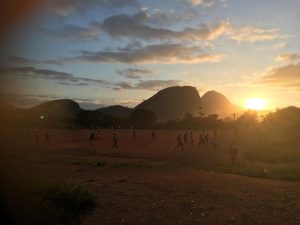
1995
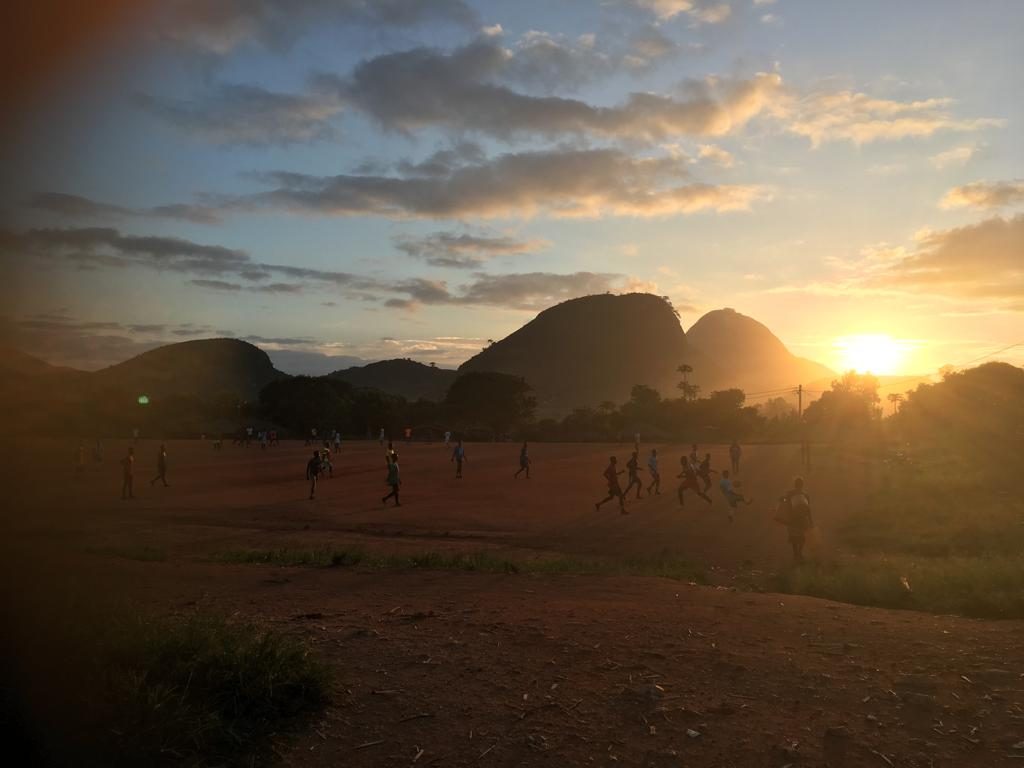
1995
Mozambique becomes a member of the Commonwealth. This situation paves the way for an amended Constitution and a new National Land Policy.
The National Land Policy (Government of Mozambique, 1995) aims to protect Mozambican people’s land rights while promoting investment and ensuring sustainable and equitable use of natural resources for everyone. The main focus of the Land Law is hence on tenure security, not redistribution or restitution, and the promotion of the conditions for economic investment.
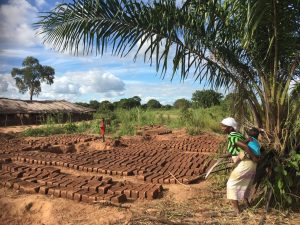
2007
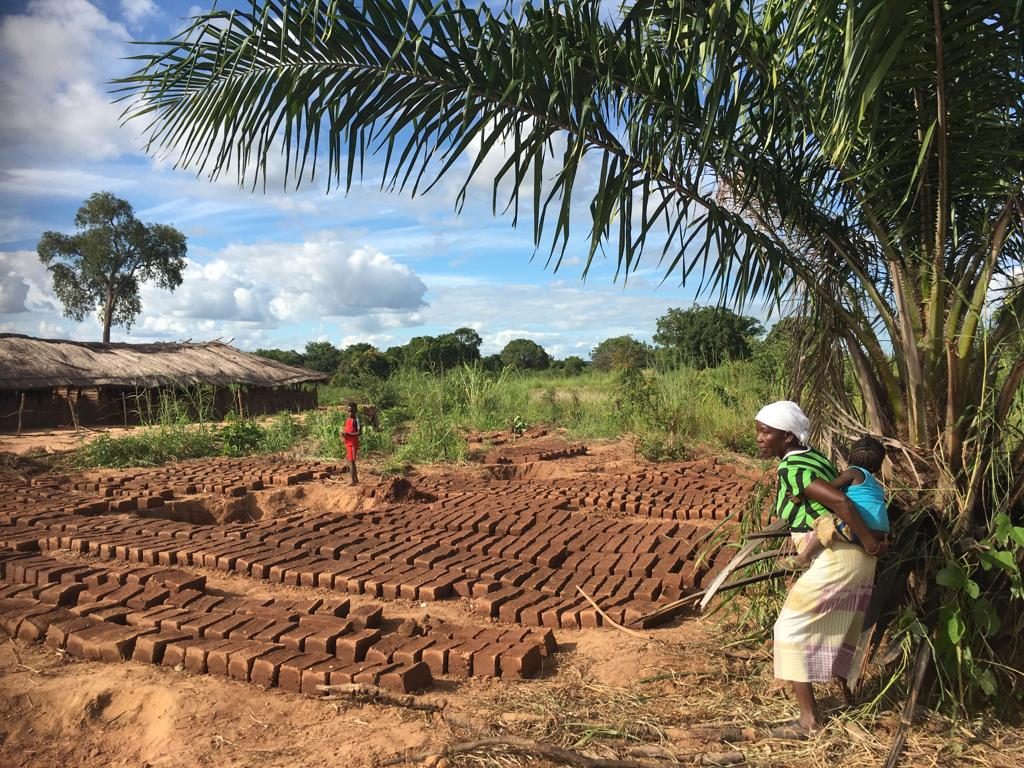
2007
Under Article 109 of the Constitution (Government of Mozambique, 2007), ownership of all land in Mozambique lies with the State, but use rights are granted to Mozambican citizens.
Three types of land tenure are decreed:
-Occupation of land by a community governed under customary law (a customary DUAT);
-Occupation of land for an uninterrupted period of 10 years, as if the occupier were the owner (so-called ‘good faith’ occupation);
-Allocation of a 50-year lease by the State to a private investor, after consultation with the affected local community (granted DUATs).
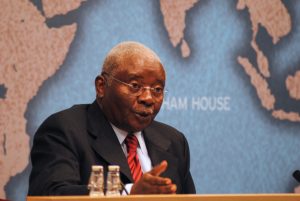
2014
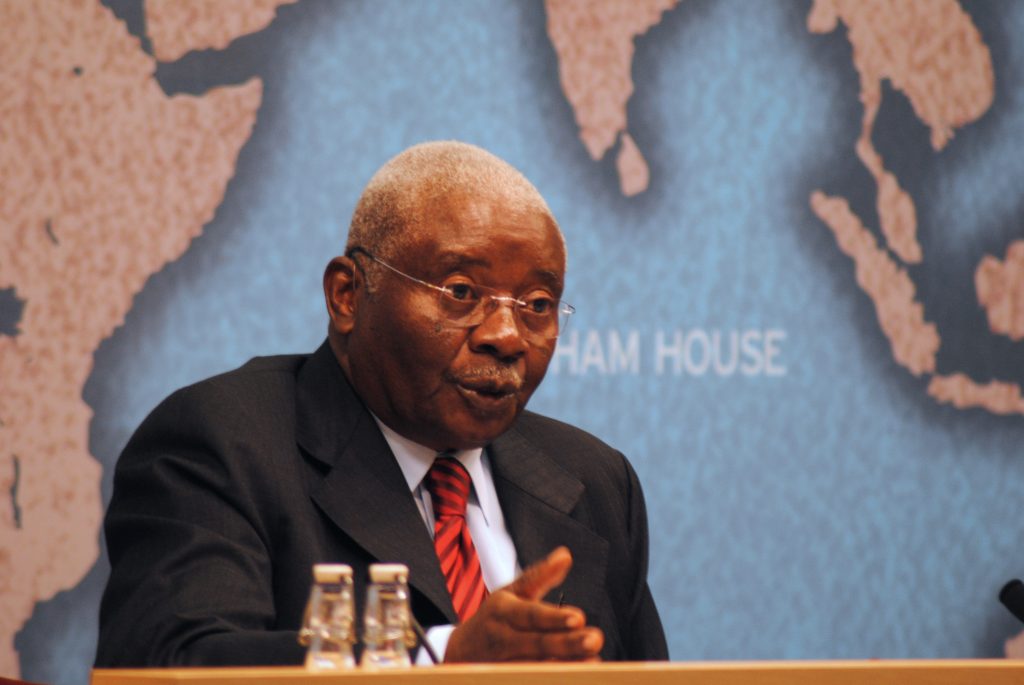
2014
To end months of violence between the army and former guerrillas, President Armando Guebuza and Renamo leader Afonso Dhlakama signed a new pact.
Presidential elections give Philip Nyusi victory, with 57 percent of the vote. FRELIMO retained the absolute majority, but Dhlakama did not accept the results and claimed to govern the provinces in which RENAMO had won.
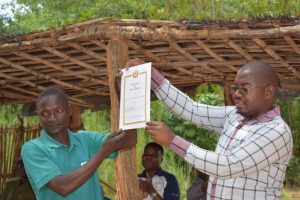
2016
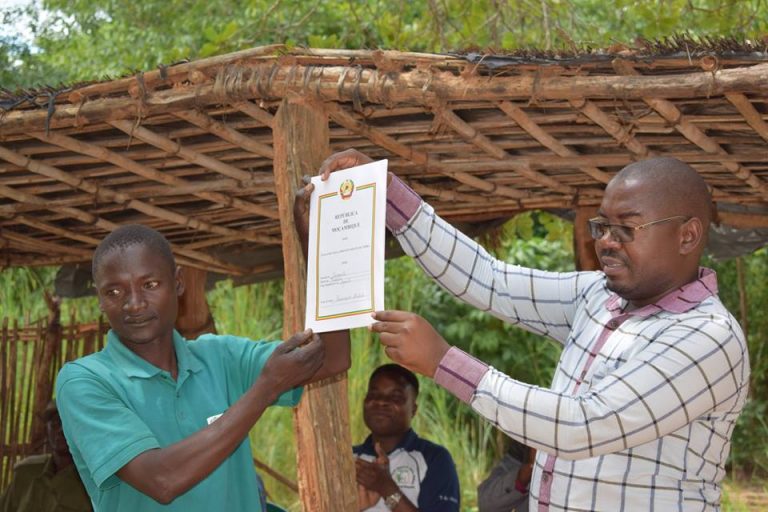
2016
ORAM Nampula begins projects in Zambezia province, in collaboration with ORAM Zambezia.
A more expansive version of the CaVaTeCo approach, funded by DFID-KPMG, is tested in Zambézia province between 2016 and 2019. This involves training community members in their land rights under the Constitution and Land Law, establishment of community land and natural resource management associations, delimitation and formalisation of community areas, and delimitation of family and individual land.